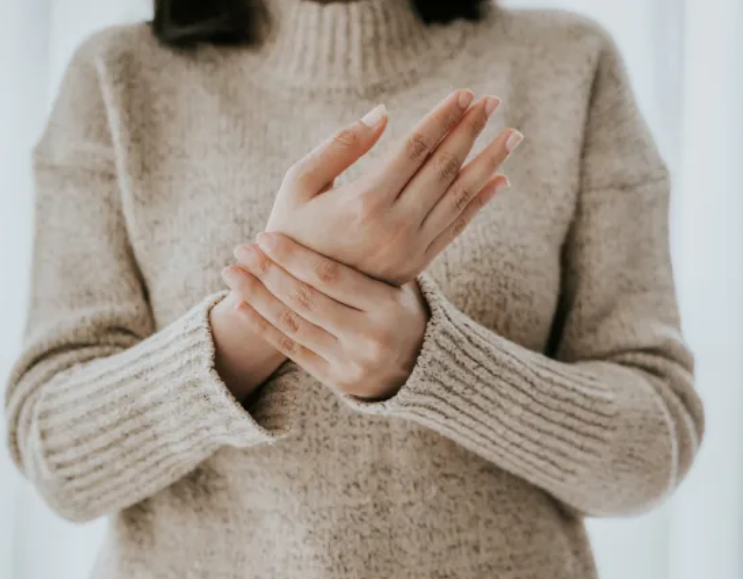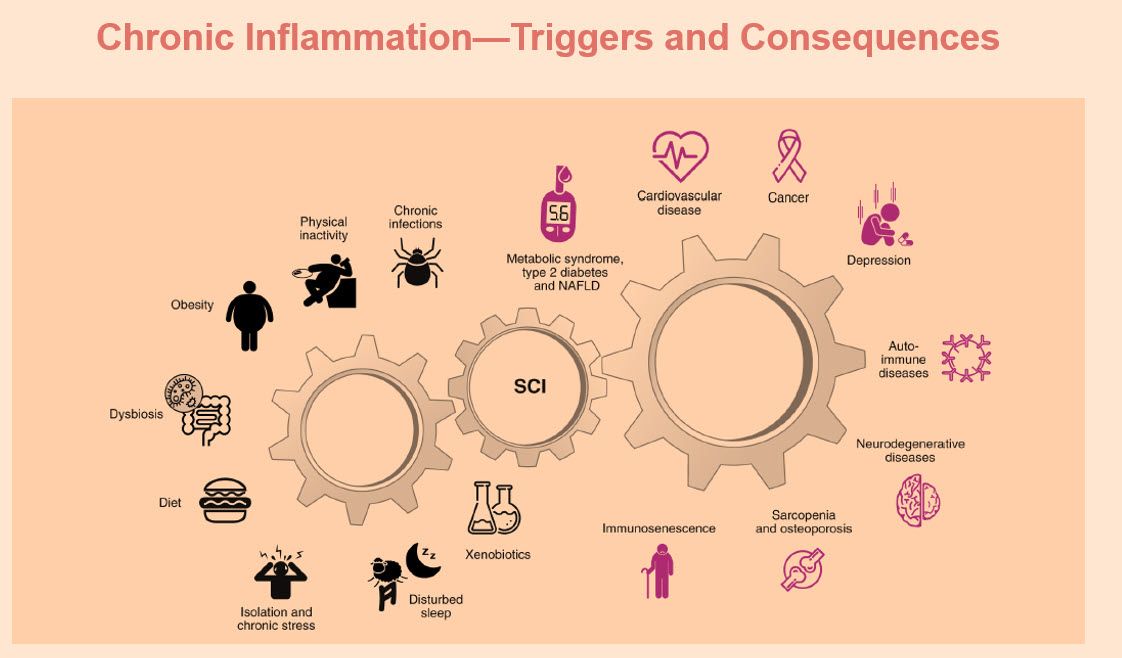Why joint, back and shoulder pain are common in cops (and how to fix it)
There will never be a day when officers leave their duty belts and ballistic vests in the squad, so start taking preventative measures now — and take them often
Injuries are inevitable in law enforcement. Back, shoulder, and neck pain are all too common to the profession, and can be credited to everything from your duty belt and armor to your long-term immobility in the squad.
There are two things officers can do to spend as little time as possible recovering and getting back to patrol feeling completely healed: address the problem quickly and accurately, and take preventative measures early and often.
Steve A. Mora, MD., is an Orthopedic Surgeon in Orange County (Calif.) and sees many police officers in his line of work. He offered some advice on prevention, treatment, and rehab for chronic or incident-caused injuries commonly found in law enforcement.
Prevention Officers are most commonly injured on duty one of two ways: In an instant, face-to- face physical altercation, or from repetitive movements and habits that cause a gradual injury by wearing down joints or muscles.
Constant training and challenging physical exercise have always been key to preventing injuries, but one common practice is often overlooked — especially by male officers. Core strengthening and stretching programs such as yoga and Pilates two or three times a week can help prevent chronic pains. In a poll conducted by PoliceOne, only 0.4 percent of the 9,000 members polled admitted that yoga and/or Pilates was their preferred method of exercise.
“The most important part is the stretching. By keeping soft tissues stretched around joints, those joints are able to move in healthy way,” explained Mora.
If you can directly link a body pain with a repetitive motion you make, modify that motion. For example, Dr. Mora noticed a lot of officers complaining of knee pain, stemming from exiting the patrol car over and over each day and pivoting on that knee. Modify the motion so that you’re not always relying on that knee, or seek a specific stretch that will target that joint.
Treatment
The first and most important step, according to Dr. Mora, is to make sure you’re diagnosed properly. You know better than anyone else the difference between a pulled muscle and a more serious injury.
“It’s okay to ask questions or to request a consultation with a specialist a little sooner than you normally would,” Mora said.
Tendon injuries and ruptures that happen as a result of a physical confrontation can often mimic simpler injuries, when in fact they need more attention than that.
“Most agencies have op-med clinics that take care of the initial evaluation or treatment and will do a referral — but that’s where the ball can be dropped, and it’s not intentional, but it can cause delays in treatment.”
You can ensure you’ve been diagnosed properly by seeking the right orthopedic surgeon, physical therapist, or other specialist. Dr. Mora advises that you look for a
doctor who has had a fellowship in sports medicine or specializes in shoulder or knee injuries.
Chasing suspects, wrestling aggressors, and scaling walls are both common in law enforcement and common causes of back and shoulder pain. Injuries such as rotator cuff tears are popular in law enforcement — and they become increasingly difficult to surgically repair if left untreated for months at a time.
“If you feel it’s [the muscle] weakening, or you can no longer reach behind your back or your head, it’s time to start the diagnostic process,” Mora advised.
Rehabilitation “The post-op rehab is just as important as the surgery,” Mora wrote on his medical blog. “These patients need to go to physical therapists who understand their job and physical requirements. [You need to] choose physical therapists who are in tune with [your] needs and who also understand Workers’ Compensation rules.
“Therapy needs to be efficient and effective. I also implement a specific home exercise program which augments the rehab. I look at all the angles including nutrition, endocrine, and soft tissue recovery.”
Police officers, Mora observed, prefer not to be out of work — or even on desk duty — unless it’s absolutely necessary. Getting back into the habit of pursuing suspects, hopping fences, and undergoing strenuous training means surgery needs to be effective and healing needs to be complete.
One product Mora recommends to his post-op police patients is form-fitting posture garments such as AlignMed. The tight garments help with posture as well as shoulder and lower back positioning, and deliver the body queues to keep the body properly aligned during the healing period.
Alternatives to Painkillers Officers have a better understanding than most of the toll painkillers can take on a person. They see narcotics dependence not only in the communities in which they police, but even among their colleagues who have suffered similar injuries. So it’s no surprise that so many are hesitant to take narcotics for their post-op pain.
Alternatives include the practice of physical therapy and chiropractors. If painkillers are still necessary in conjunction with other methods, work with your doctor to
outline a clear treatment plan. Find out what the long-term recovery plan looks like and how long you’ll be taking narcotics, and ensure that the use of narcotics are not the sole recovery method.
The Future of Officer Health “Research has shown that the weight distribution while using a heavy gun belt affects posture and leads to injuries,” Mora wrote. “There is work being done on trying to find ways to unload the gun belt including alternatives such as utility vests, gun outriggers, pressure offset mechanisms and unique posture apparel designed to offset the weight of the bullet proof vest.”
There will never be a day when officers leave their duty belts and ballistic vests in the squad, so start taking preventative measures now — and take them often.

About the author
As the Associate Editor for PoliceOne, Loraine Burger writes and edits news articles, product articles, columns, and case studies about public safety, community relations, and law enforcement. Loraine has developed relationships with law enforcement officers nationwide at agencies large and small to better understand the issues affecting police, whether on the street, at the office or at home.

Address
New Jersey Address:
227 Madison Avenue, Lumberton, NJ 08048
New York:
2932 Wilkinson Avenue Bronx, NY 10461
Business Hours
New Jersey:
Monday – Thursday:
8:30 AM – 1:00 PM, 3:00 PM– 6:30 PM
Friday:
8:30 AM – 12:30 PM
New York:
Monday, Wednesday, Thursday, Friday:
9:00 AM - 7:00 PM
Tuesday:
9:00 AM - 6:00 PM
